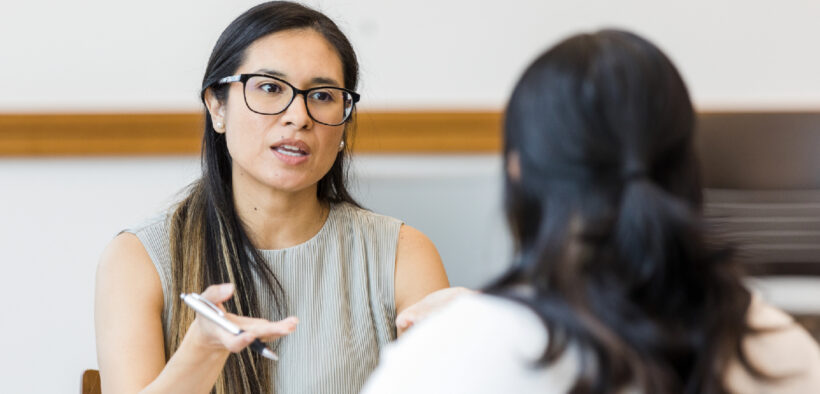When I started teaching, I had phenomenal mentors. I could ring up Paul, an English prof, and inquire about handling a student’s lie, and he’d help me identify the options. I could share my student evals with Jerry, a chemist, and he’d help me sort out the lessons in them. Bill . . . well, Bill was my immediate colleague, and I could go to Bill with just about anything. Here are three of their gems.
Sometimes it’s best to just present the evidence and wait silently. This advice arose when a student forged my signature on their registration card. Boy, was I angry; my first instinct was to dress down the student. I even considered telling him to find another advisor. Paul gave me a different option: “Have the student come in, hand him the registration card, and wait.”








